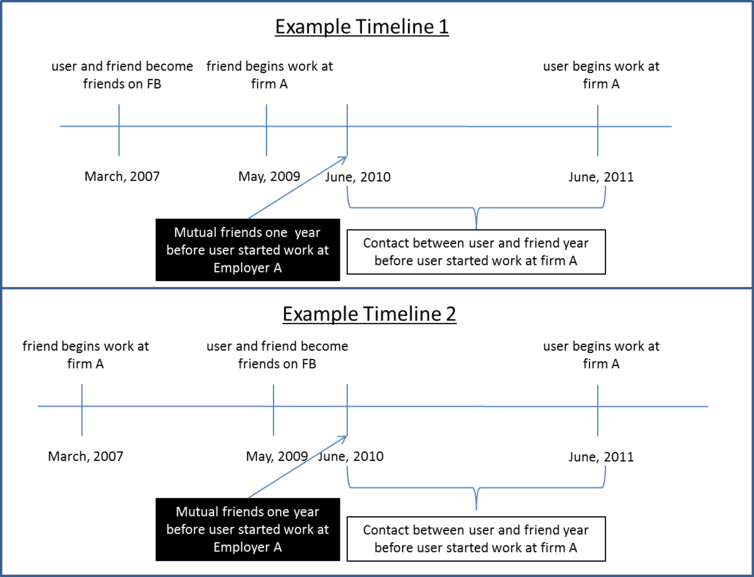As Labor Rules are Written, One Group is Left Out
Asia’s migrant domestic workers face exploitation and discrimination, but are largely left out of countries’ labour policies and legislation. Though estimates of the number of domestic workers vary between 52 and 67.1 million, there is consensus that a significant proportion of them, perhaps as many as 11.5 million, are migrants. About 40 percent of the world’s domestic workers are in the Asia Pacific and around 80 percent of migrant domestic workers are women.







